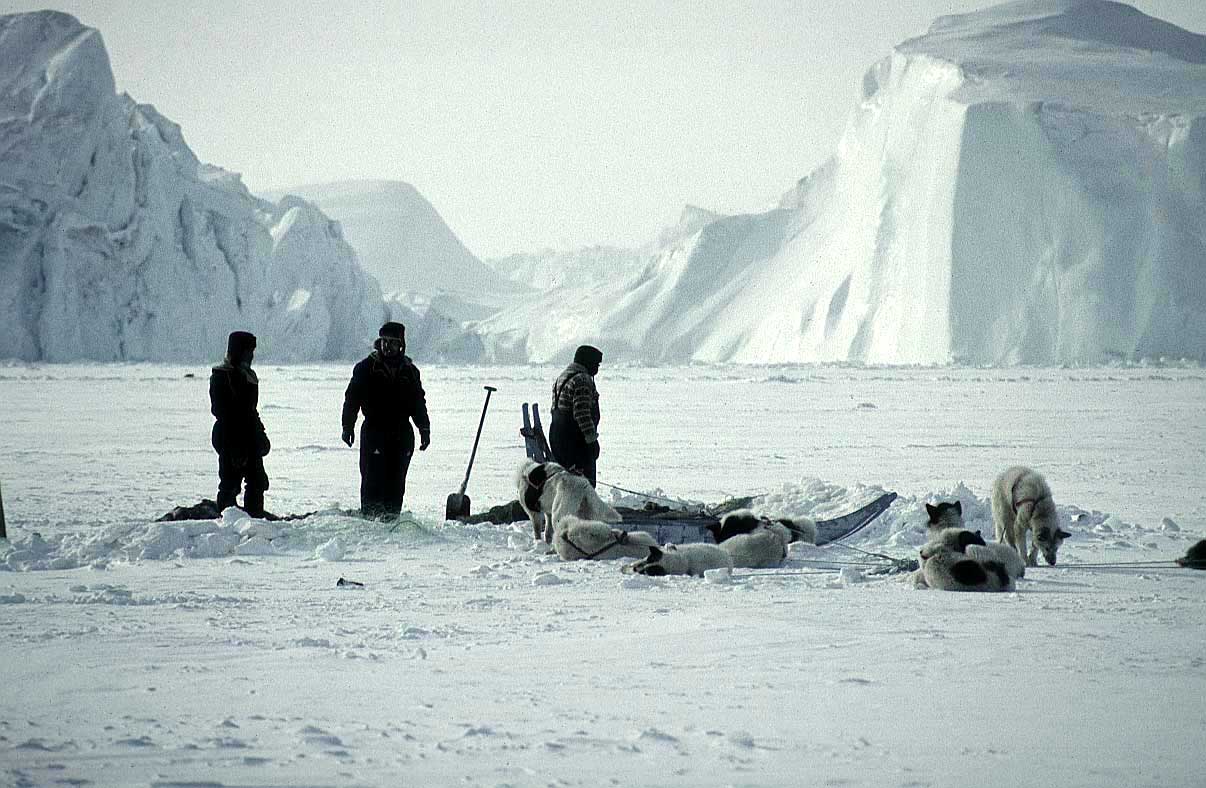1. Cold Environmental Stress
Cold weather is an environmental stress that impacts human survival by disturbing homeostasis. It puts a strain on the body to keep the 98.6F temperature by causing it to use more energy to create heat and in turn use more fuel or food in the process. Therefore more energy needs to be used for hunting or gathering in an environment that usually does not have an abundance of food. There is also the loss of sunlight which helps humans to produce vitamin D which is needed by the body to help absorb calcium among other things.

2. Adaptations to Cold Stress
Short term adaptations would be shivering or increased metabolic rate which would temporarily increase body temperature. A facultative adaptation would be switching between vasoconstriction which minimizes heat loss and vasodilation which provides warmth to the skin to prevent frostbite like what the Inuit seem to have adapted to. A developmental adaptation would be the change to a short, stocky and robust body with short limbs to help retain heat. A cultural adaptation would be the use of warm clothing and shelters while eating foods high in fats and carbohydrates to use as fuel for the body as it struggles to create heat.
3. Benefits of Study of Human Variation
The benefits of studying human variation from the perspective across general environmental clines is that we can learn much about how humans are affected by mutations, natural selection and other evolutionary effects, and potentially use it to our advantage in the future to find cures for ailments; or at least understand human variation a little better. The fact that we were able to isolate the reason for sickle-cell anemia being popular in areas where malaria was prevalent is a perfect example how we can better understand and learn about human evolution.

It would be unusual and misinforming to use race to understand the variation in adaptations. Inuit people are accustomed to live in cold temperatures, but you could then look at a similar looking race like the Chinese and assume that they have the same adaptations and be completely wrong. Studying people’s adaptations and the effects of the environments of their home regions is a better way to understand the differences among various groups of people that will give us a much clearer and complete understanding on how and why people have such unique traits across all the regions of the world.



